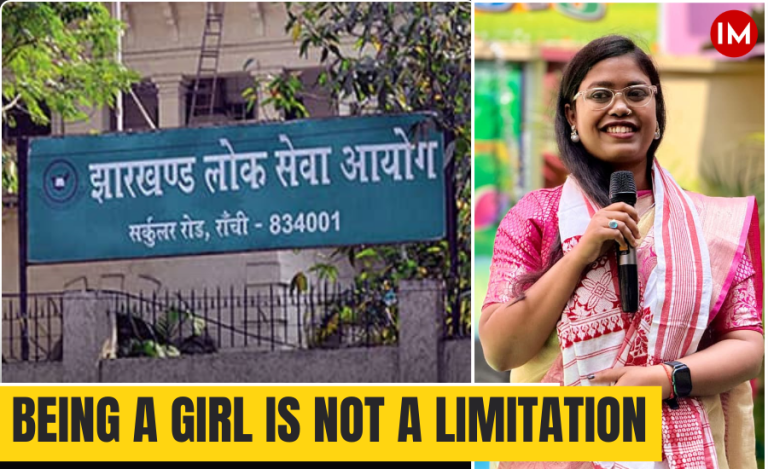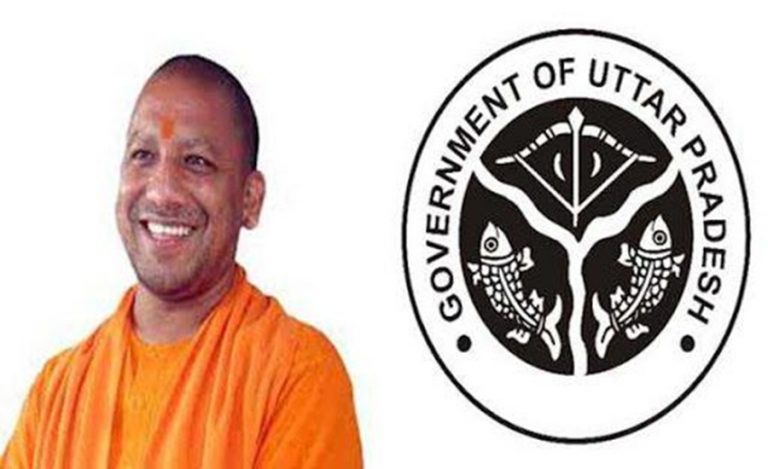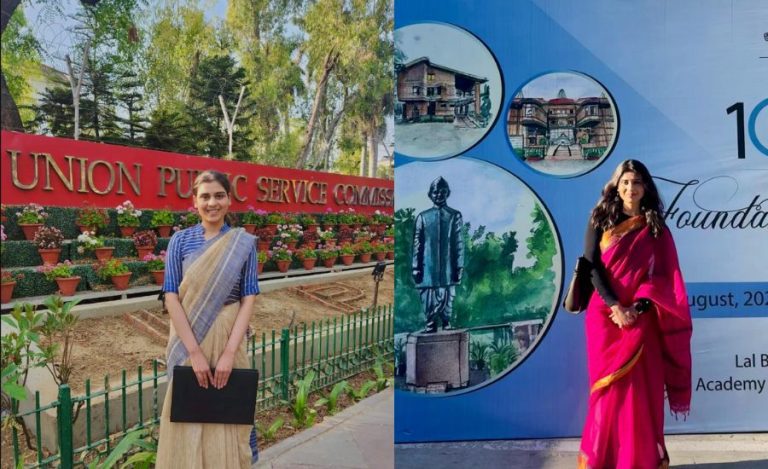Animal-Human conflicts are getting pretty common these days. With a rising population in the country, the tribal people and those living in small hamlets are forced to cut down trees in forests and establish their habitat- in the space of wild animals. This in turn provokes the latter, leading the two, the animals and the humans, on a collision course with often fatal or dangerous results for both.
While on one hand, you often hear the cases of people being killed by tigers or trampled to death by angry elephants, there also happen incidents of wildlife being poisoned to death by irate villagers. As in many other places in India, the situation is equally grim in Karnataka- a state which is rich in all types of wildlife and also thickly populated by humans.
To resolve this issue there, IFS officers Rajiv Ranjan and Vijay Kumar Gogi, along with their team, took different steps to control the conflict and give both the stakeholders a place to live peacefully. In an exclusive conversation with Indian Masterminds, senior IFS official Mr. Gogi who is Principal Chief Conservator of Forest Wildlife and the Chief Wildlife Warden of Karnataka talked about his work.
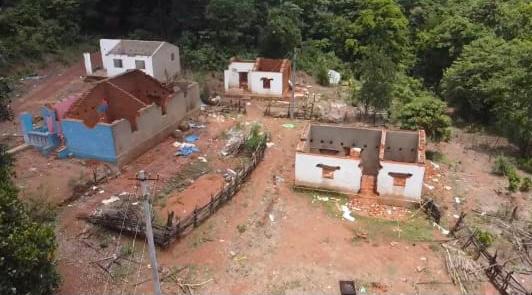
NECESSARY TO KEEP HUMANS AND ANIMALS IN DIFFERENT SPACES
The 1988 batch officer of Karnataka cadre spoke passionately about the necessity of keeping both the animals and humans separate from each other.
“First and foremost, living together enhances the chance of conflicts and secondly, people living in hamlets between the forests will not be able to receive proper amenities like schools, hospitals, etc. Even something as basic as electricity requires a large piece of land for set-up, which will again intrude the wilderness,” he said.
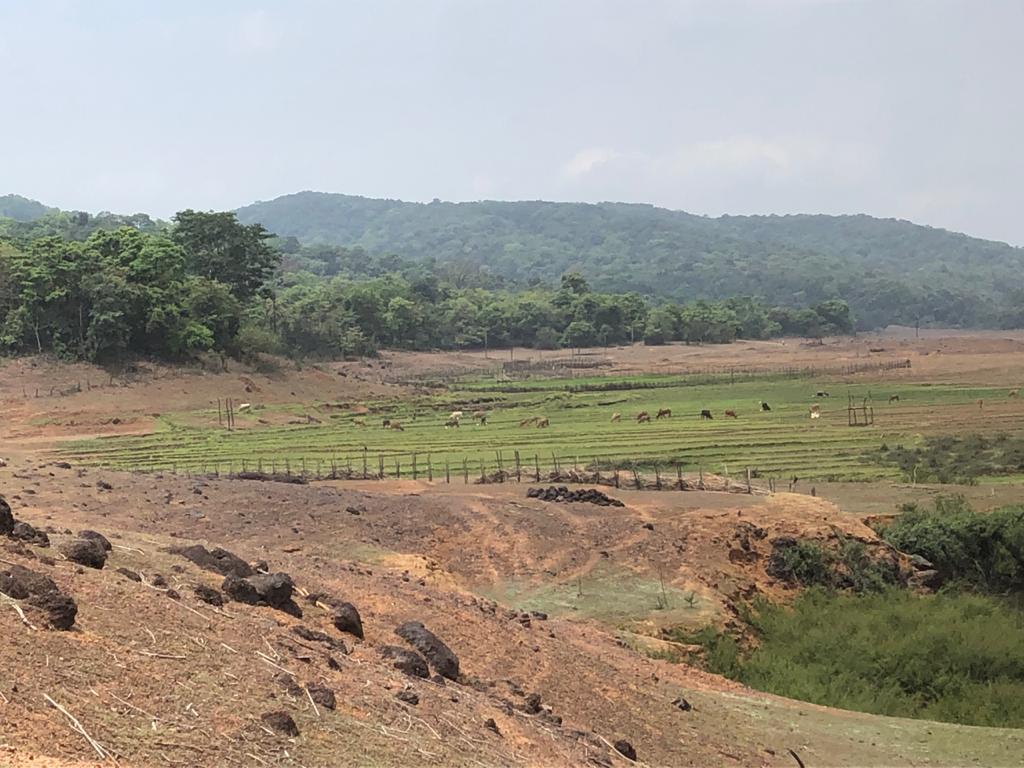
ENCOURAGING RELOCATION
The idea wasn’t to thrust upon the villagers in Karnataka. In fact, at several places, their own wish to get in the mainstream paved the path further for them. As such, people living in hamlets voluntarily decided to move out of their homes and begin their life in proper villages, cities, or wherever they liked.
“There were three models for voluntary rehabilitation: We procured land, made houses on it, and after establishing a township, we asked these people to settle in it if at all they felt like doing it. Another model involved assessment of their property and giving them an accurate amount for it, after which they could shift in another place”, he told Indian Masterminds.
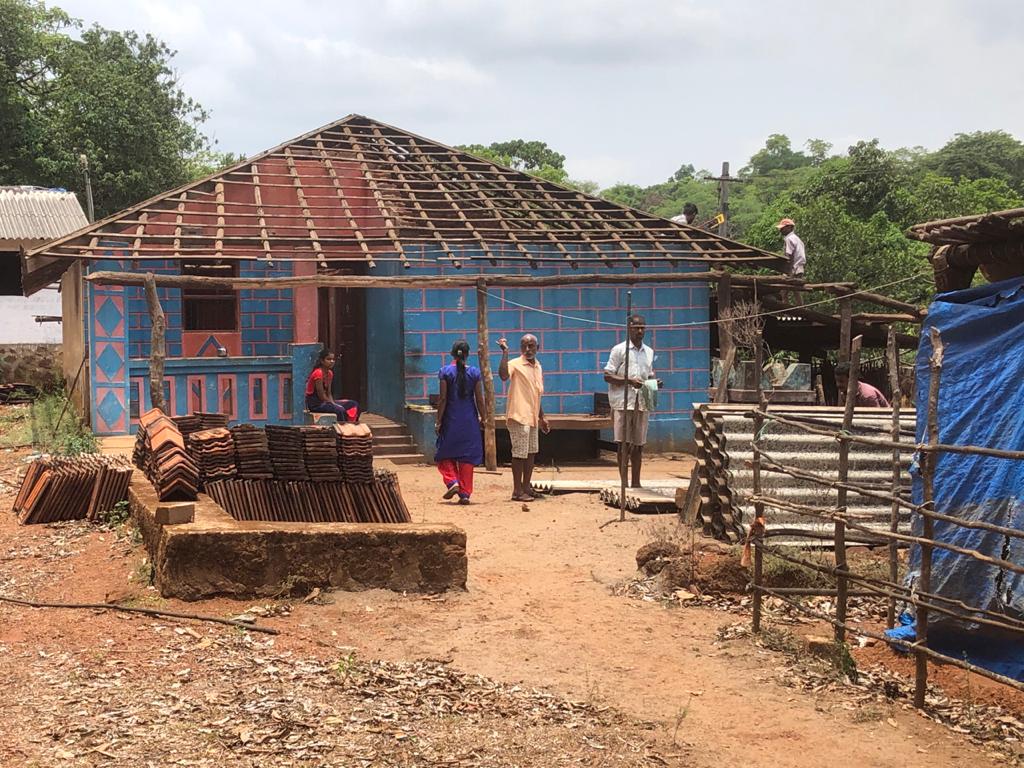
The third model involved giving a standard amount of Rs. 15 lakhs (irrespective of the household’s assets or property assessment) to each family or individual above the age of 18 years. They could take the amount and settle anywhere that they want.
“We have facilitated a method where existing hamlet dwellers could identify the land where it is convenient and a site will be laid out for them. They can then make their house as per their own requirement and satisfaction,” said Mr. Gogi.
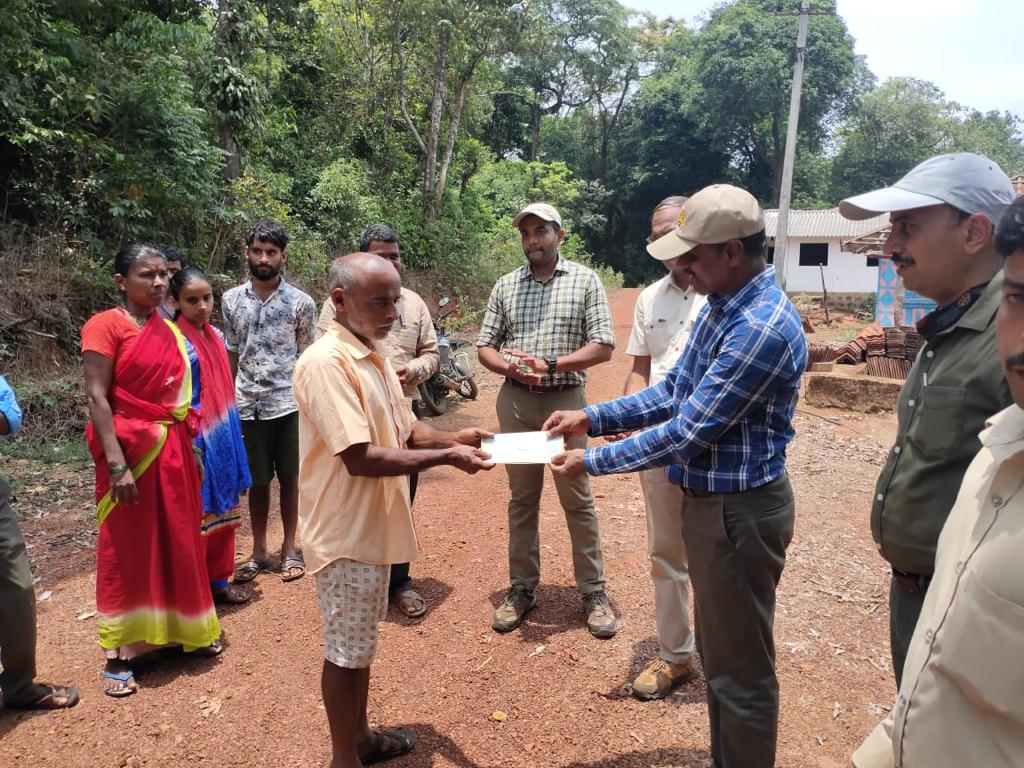
MOVING OUT
The villagers who had thus far lived near the forests and were now moving out dismantled their existing houses took with them all the moveable items. They came out from the interiors of the forest with the material and built their house as per their requirement with the same.
“It is as per their interest. We helped them monetarily and they voluntarily decided to do their construction themselves, thus satisfied with their newly built houses. This also eliminated any chance of discomfort and dissatisfaction.We supported their initiative,” added Mr Gogi.

One hopes that other states, there are several where man-animal conflicts have reached dangerous proportions, could take a leaf from Karnataka and implement such schemes in their respective regions.


